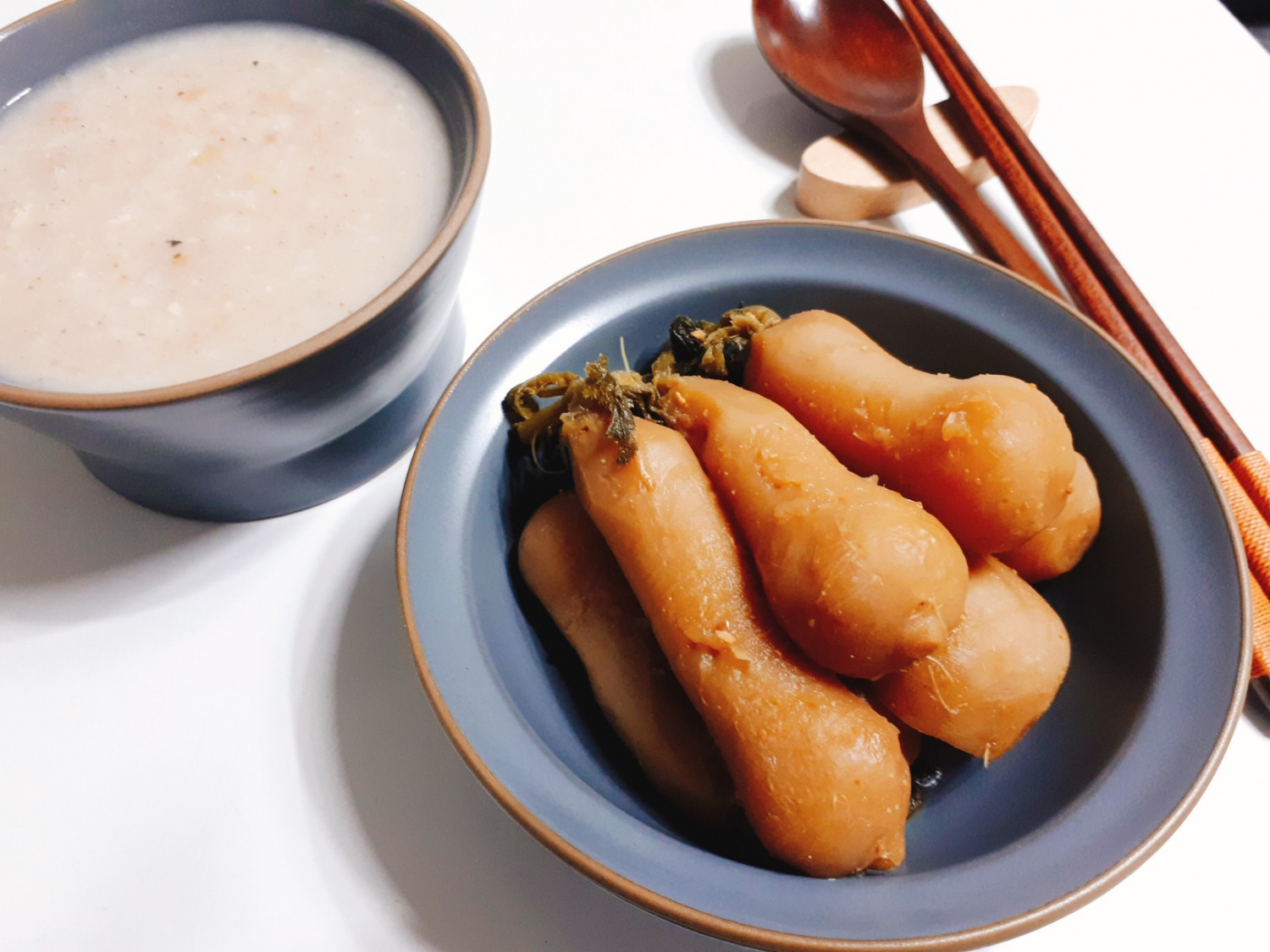Aged ‘Chonggak Kimchi’ Stewed with Soybean Paste: Harmony of Deep Flavor and Tenderness
A Special Dish Made with Aged ‘Chonggak Kimchi’!

Try making a tender and deeply flavorful stew using aged ‘chonggak kimchi’ (ponytail radish kimchi) left over from making kimchi! Just like aged napa cabbage kimchi, stewing ‘chonggak kimchi’ with soybean paste creates a delicious side dish that’s a perfect accompaniment to rice. The refreshing tang of the aged kimchi blends with the savory depth of the soybean paste for a truly appetite-stimulating dish.
Main Ingredients- 1kg aged ‘Chonggak Kimchi’
- 2 Cheongyang chili peppers (optional)
- 1/2 handful dried anchovies for broth
- 5 sheets dried kelp
Seasoning- 2 Tbsp soybean paste
- 2 Tbsp soybean paste
Cooking Instructions
Step 1
Rinse the aged ‘chonggak kimchi’ thoroughly under running water to remove any dirt. Since it can be quite salty, soak it in cold water for about 1 to 2 hours to adjust the saltiness. Changing the water once or twice during soaking will further help.

Step 2
Place the rinsed aged ‘chonggak kimchi’ into a pot. Add enough water to cover about half of the kimchi. Add the dried anchovies and dried kelp, then dissolve the 2 tablespoons of soybean paste, stirring to ensure the seasoning is evenly distributed.

Step 3
If you prefer a spicier kick, add 2 Cheongyang chili peppers, sliced diagonally. You can omit them if you don’t like spicy food.

Step 4
First, bring the stew to a rolling boil over high heat for 10 minutes. Once boiling, reduce the heat to medium-low, cover the pot, and let it simmer gently for about 15 minutes. This process will tenderize the ‘chonggak kimchi’ and allow the flavors to meld beautifully.

Step 5
Your delicious aged ‘chonggak kimchi’ stewed with soybean paste is ready! You can remove the kelp and anchovies used for broth, or leave them in if you prefer. I removed them and stored the ‘chonggak kimchi’ in a container in the refrigerator. When I’m not feeling well, having this with nurungji (scorched rice) or porridge makes for a non-irritating, easily digestible, and satisfying meal. I’m now beginning to understand the reason why my late grandmother used to make this dish so often.




